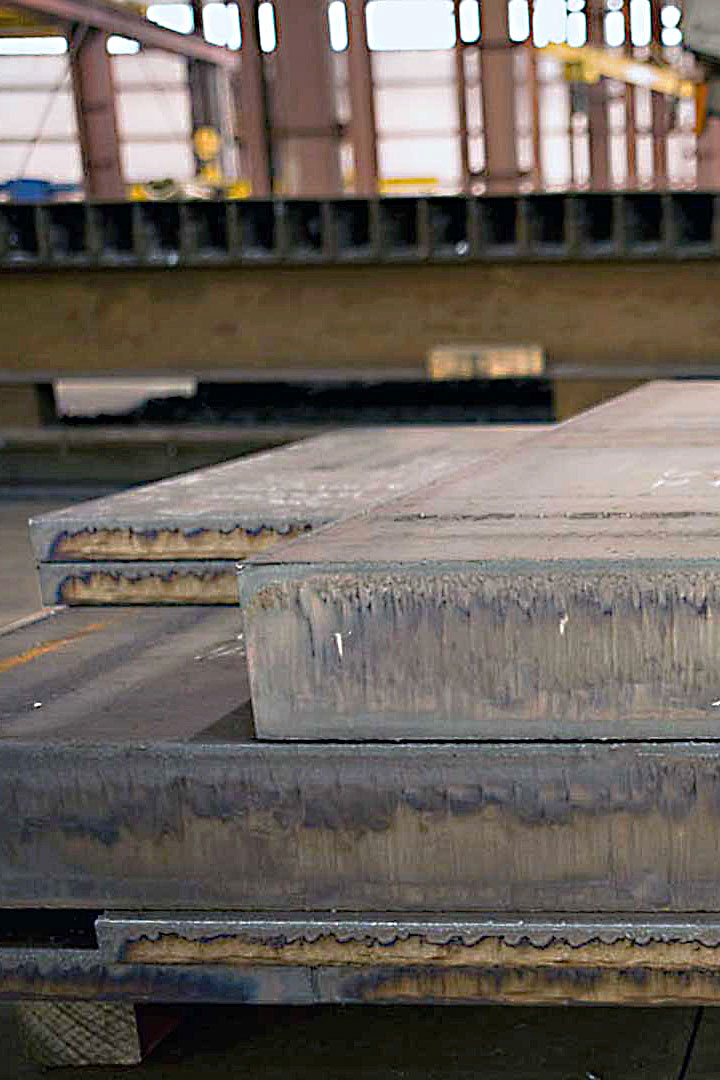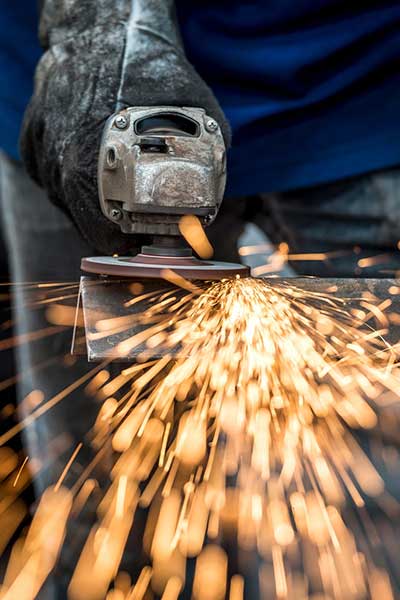ASTM A36 carbon steel Corrosion Behavior Research
ASTM A36 steel is a widely used carbon structural steel known for its strength and durability. It is a low-carbon steel that is characterized by good ductility, weldability, machinability, and formability. It is often used in the production of industrial components, such as bridges, ships, vehicles, and buildings. The corrosion resistance of ASTM A36 steel is relatively low compared with other carbon steels. Its corrosion resistance can be improved by coating the metal with an appropriate metal, such as aluminum, stainless steel, or galvanized steel.
In recent years, numerous studies have investigated the corrosion behavior of ASTM A36 steel in a variety of environments. The results of these studies have been used to develop new strategies for corrosion protection. Corrosion studies of ASTM A36 steel generally show that this steel is susceptible to corrosion in both acidic and alkaline conditions.
The following outlines the corrosion behavior of ASTM A36 steel in various environments:
Acidic Environment – ASTM A36 steel is highly susceptible to corrosion in acidic environments. The steel is attacked in both dilute and concentrated acids. In dilute solutions, the steel is attacked over a wide range of pH, with unalloyed iron being the most affected component. The attack rate increases with an increase in acid concentration.
Alkaline Environment – In alkaline environments, the corrosion rate of ASTM A36 steel is very low compared to acidic environments. This is due to the formation of a protective oxide layer on the steel surface. The layer of oxide acts as a barrier against further corrosion.
Intergranular Corrosion – ASTM A36 steel exhibits intergranular corrosion in neutral and acidic environments. Intergranular corrosion is a type of localized corrosion at the grain boundaries of a metal. It occurs due to the dissolution of the protective oxide layers in the grain boundaries.
Fig 1. Intergranular Corrosion of ASTM A36 Steel
Abrasive Corrosion – ASTM A36 steel is susceptible to abrasion corrosion. In this form of corrosion, the metal is attacked by particles of abrasive materials, such as sand, dirt, or grit. The particles can cause microcracks in the protective oxide layer, allowing corrosive agents to penetrate the steel and cause localized corrosion.
Fig 2. Abrasion Corrosion of ASTM A36 Steel
Stress Corrosion – Stress corrosion is another form of corrosion affecting ASTM A36 steel. In this case, the steel is subjected to both corrosive agents and stress, leading to corrosion along the stress lines. Stress corrosion can occur in both acidic and alkaline environments.
Fig 3. Stress Corrosion of ASTM A36 Steel
Corrosion protection of ASTM A36 steel is possible using various protective coatings, such as an epoxy primer, galvanizing, aluminum anodizing, and stainless steel cladding. The selection of the appropriate coating depends on the environment and the application.
In conclusion, ASTM A36 steel is highly susceptible to corrosion in both acidic and alkaline environments. However, its corrosion resistance can be improved through proper protective coatings and surface treatments. With the correct protective measures, ASTM A36 steel can be used in a variety of applications.
Conatct us




